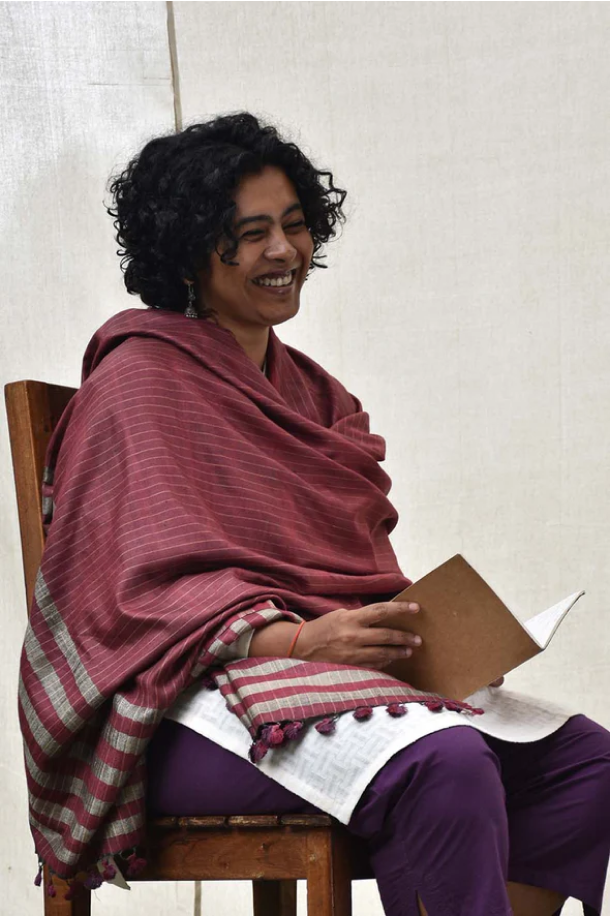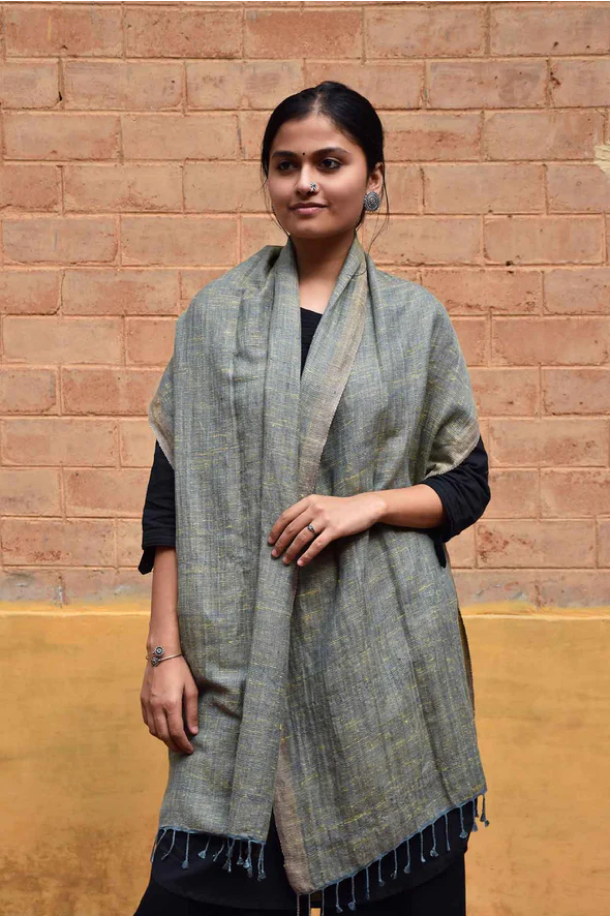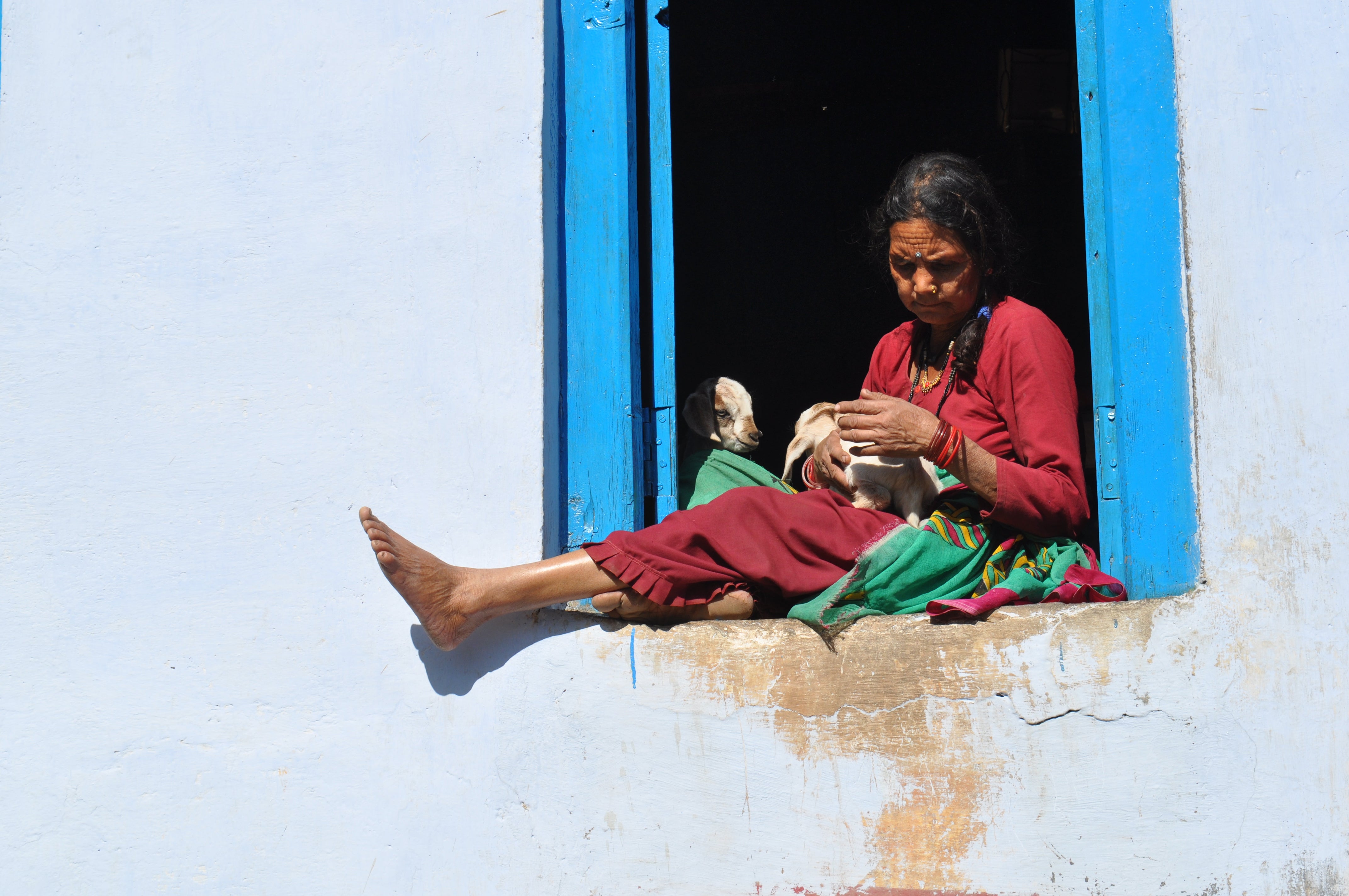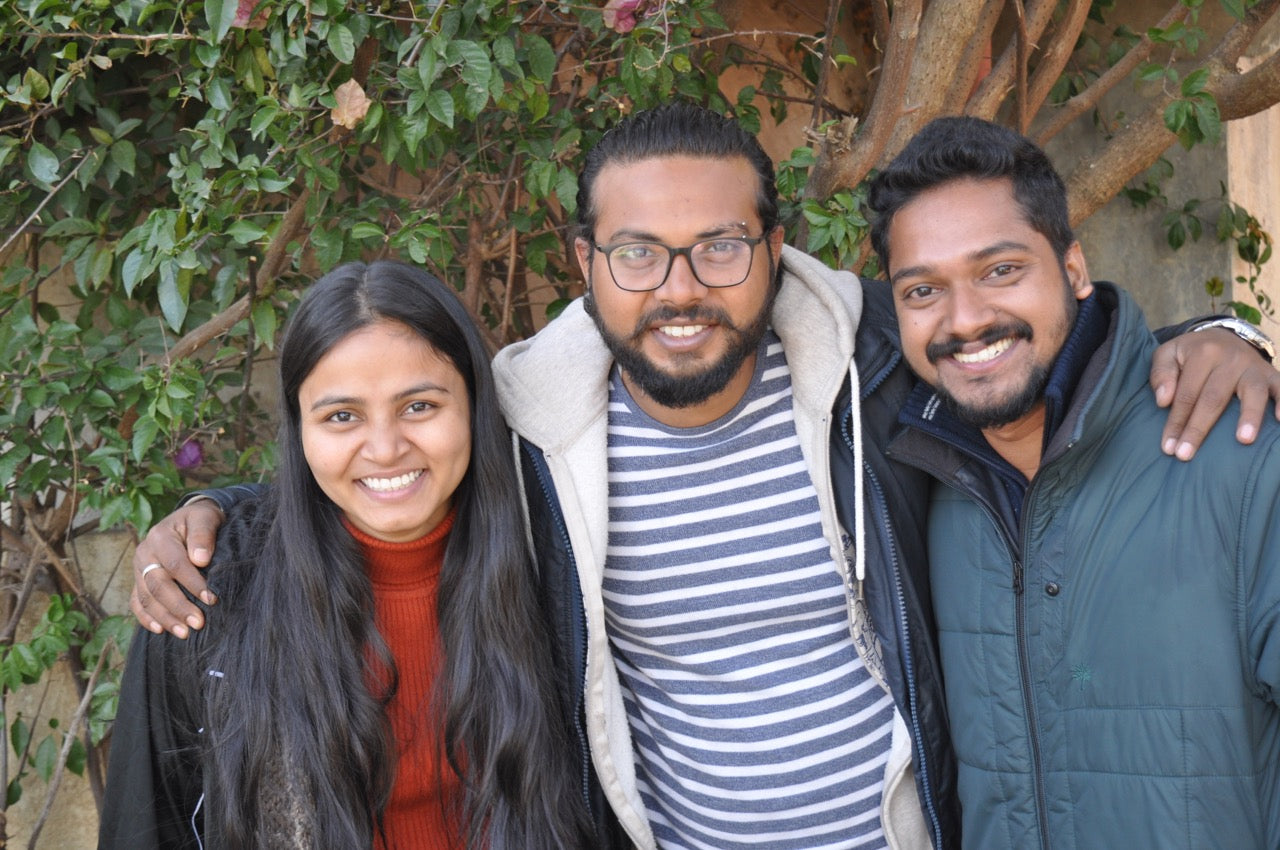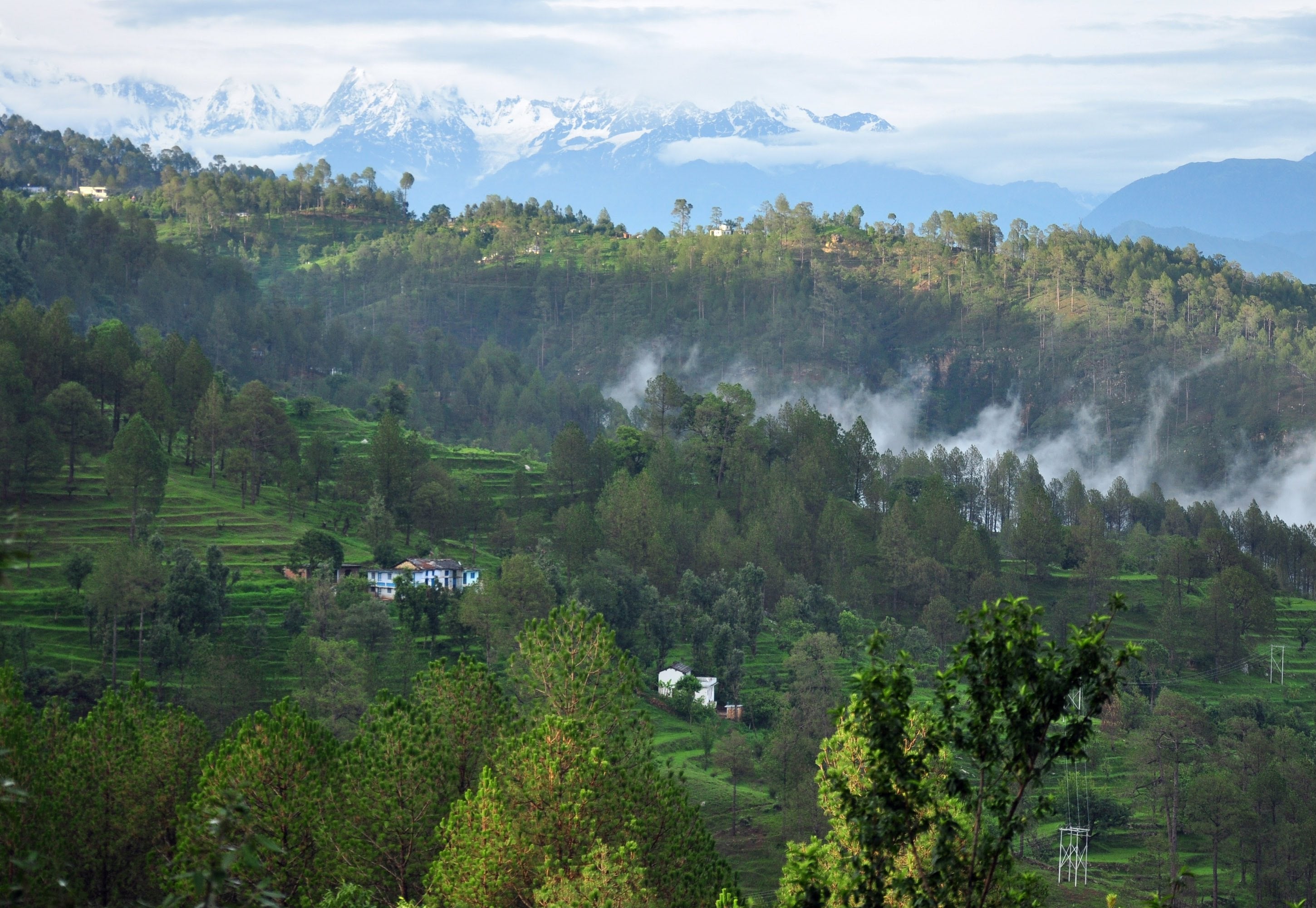
Six Ways Avani’s Textiles are Eco-Friendly
In the fashion world, “eco-friendly” and “sustainable” have been hot topics. Almost every brand, it seems, from local artisanal producers to fast fashion retailers, is eager to tout their sustainable credentials. But what does sustainability really mean in practice?
At Avani, sustainability isn’t just a trend. Since our founding in 1999, we’ve been committed to using sustainable processes, materials, and infrastructure to create a product that is truly “green” from seed to scarf. Here are six ways that Avani’s textiles capture the spirit of sustainability:

Organic, Locally-Sourced Materials: Avani uses only organically-grown wool and silk fibers. We’ve actually introduced silk cultivation in the area, enabling farmers to profit from the Mulberry trees that naturally grow in the area.
Why it’s sustainable: Synthetic materials, such as polyester, nylon, or acrylic, are created through industrial manufacturing processes. The process to create these fibers uses significant levels of fossil fuels, while washing these fibers releases “microplastics”, or highly harmful chemicals, into the water supply, harming biodiversity.
Natural Dyes: Avani’s dyes are all-natural, grown in the area and contribute to the local biodiversity. In the past two years, we’ve begun a new initiative to encourage farmers in the Kumaon region to grow indigo for our dyes. Indigo is a leguminous crop, which
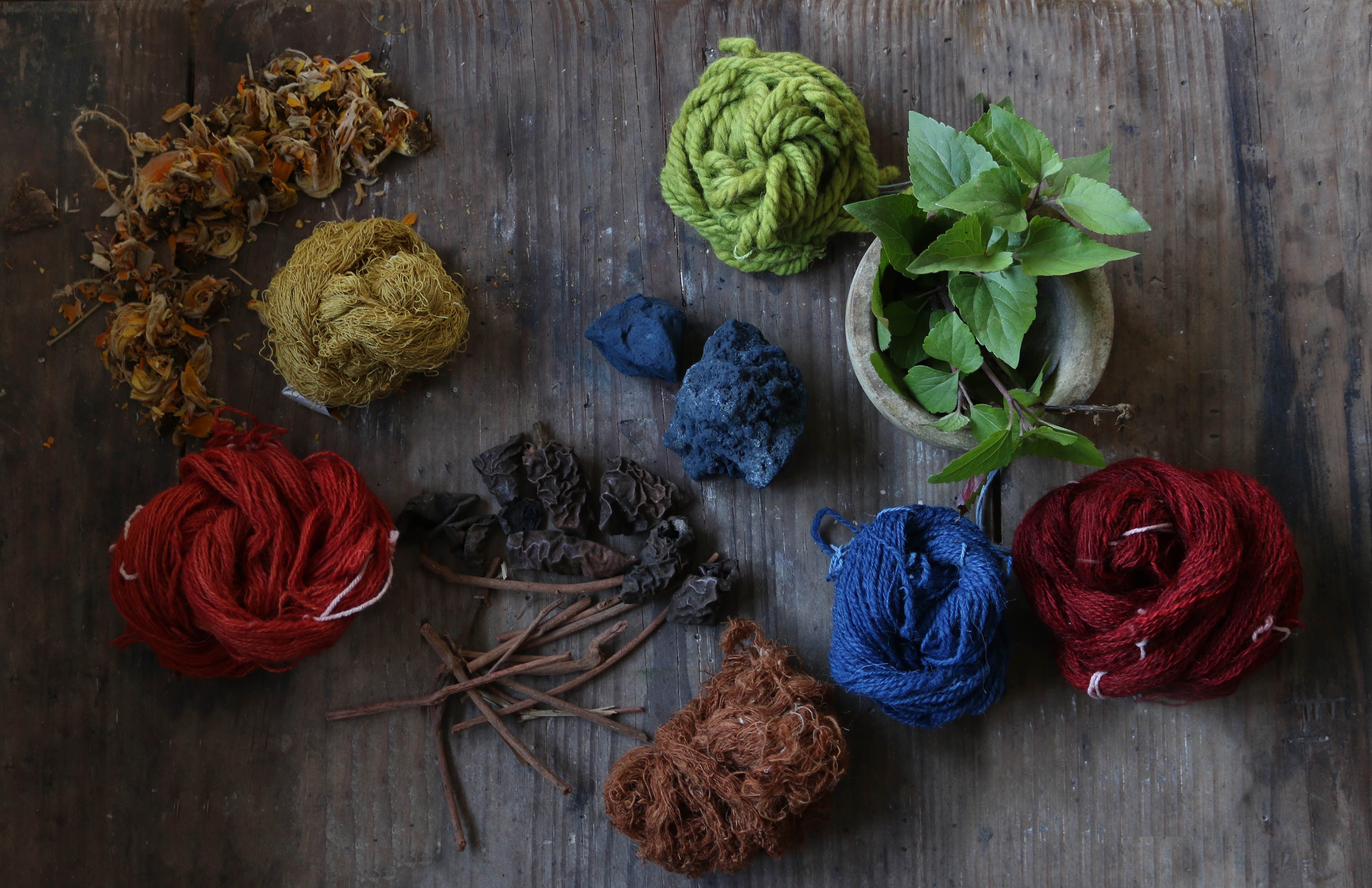
means that, grown in alternately with food crops, it increases soil fertility, improving a farmer’s overall yield. We also use eupatorium, a highly-invasive plant specie spreading through the Kumaoni forests, to make four different shades of green. By paying farmers to collect eupatorium, we’ve created an economic incentive to manage the spread of this invasive species.
Why it’s sustainable: Most sources agree that the fashion industry is one of the biggest water polluters in the world, with the dyeing process being responsible for most of that waste. Synthetic dyes also contain a range of highly hazardous chemicals, including known carcinogens, that are dangerous for both human and animal health.
Water Conservation: At Avani, we recycle all of the water used in the dyeing process through an innovative wastewater recycling system, creating a “closed loop” of water usage on our campus. We also use rainwater harvesting to collect and store rainwater for future use.
Why it’s sustainable: Water is a rare resource in the Kumaoni hills. In recent years, the region has been rocked by severe droughts that have decimated livelihoods. Just last year, 60% of all water sources dried up in the hills, spurring protests and strikes.

Renewable Energy: Avani’s production-chain only uses renewable energy. We’ve installed solar panels on our roofs, and we’ve created an innovative technique to use the dry pine needles that suffocate the floors of our forest into energy through a bio-chemical reaction.
Why it’s sustainable: Non-renewable energy sources, such as coal and gas, create CO2 emissions, which contributes to global warming.

Waste Recycling: Any waste yarn or silk is used to create new products such as knitted children’s toys.
Why it’s sustainable: According to the EPA, about 13.1 million tons of textiles are thrown away every year in the USA. Only 15% of these are recycled, whilst the rest goes on to create CO2.
Made to Last: Our products are high-quality, timeless and made to last. Our hope is that you will cherish them for years to come so that they don’t end up filling landfills any time soon! However, they are also 100% biodegradable due to their purely organic components.
Why it’s sustainable: In the U.S., Americans are estimated to throw away approximately 80 pounds of clothes per person per year. 84% of unwanted clothes end up in a landfill, contributing to CO2 emissions.
So the next time you’re shopping for new clothes, take a pause and consider: is this brand truly “walking the walk” when it comes to sustainability? Whether from Avani or any of the other incredible sustainable fashion brands on the market, consider investing in pieces that benefit the natural environment around them, and will last you and your family for years to come.


 Login
Login